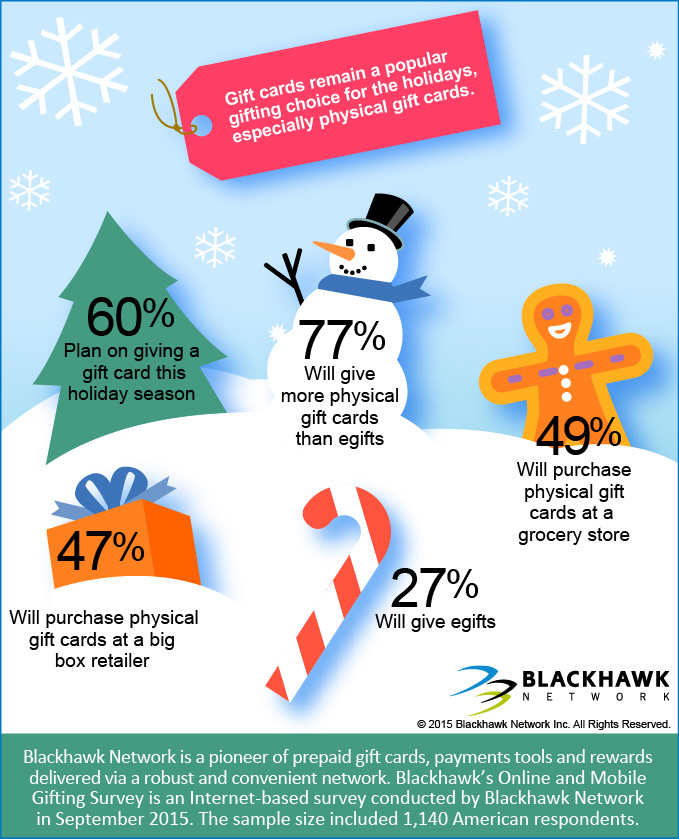Although they may seem comparable, etching and engraving differ in their techniques and end results. Comprehending these procedures is essential for any type of company seeking to customize glass products.
Laser etching uses concentrated warmth to melt the micro surface area of your material, creating recessed markings that withstand damages and can be reviewed under extreme conditions. It's optimal for points that require to be traceable, like industrial parts.
Appearances
Etching and engraving both produce sturdy, tactile designs that stand apart on the glass surface. They are suitable for tasks that require a refined, stylish appearance.
Laser etching can be made use of to engrave glass, but it requires a protective finishing or guard to avoid warmth damages to the glass. A specialized spray or layer is available for this purpose and can be applied to thin glass to decrease splitting or damages throughout the etching procedure.
It's likewise feasible to engrave glass by hand utilizing a rotary tool. This method is taxing and labor-intensive, yet it can generate premium outcomes when done appropriately. Make certain to put on safety and security equipment like safety glasses and a respirator mask to protect on your own from dirt and particles. You can begin by attracting your style on the glass with a marker, then place the rotary tool and slowly follow your design to etch it into the glass. After the inscription is full, carefully remove any remaining dust or residue.
Flexibility
The engraving process supplies a wide range of applications for glass items. It is very flexible and can be utilized on different materials and densities of glass. It is additionally really specific and creates comprehensive, high-contrast styles on the glass surface. It can be made use of on both level and rounded surfaces.
Glass engraving is a popular selection for glass items like wine bottles, architectural dividings, and spa style. It generates a soft and subtle design that is not as recognizable as etching, making it a superb choice for ambient looks.
To decrease heat stress and anxiety on slim glass, apply a safety material like masking tape or a damp paper towel to the surface prior to laser inscription. This takes in and disperses laser power to decrease localized home heating and avoid cracking. Conversely, finishing the glass with a moderate detergent or dishwashing soap can likewise be an effective pre-coating. Simply keep in mind to cover just the laser-contacting face of the glass with these moisture-absorbing pre-treatments.
Toughness
Laser glass engraving creates deep, long-term markings that are durable and visually striking. It's excellent for creative or light commercial objectives that require a refined look. Inscription requires exact and controlled handling of the glass to stop heat damages and splitting. Thin or delicate glass can be extra prone to the high-contrast effects of laser inscription, making it important to check the process very closely for indications of getting too hot and splitting.
Etching makes use of a diamond-tipped tool to cut into the surface area of the glass, producing a textured mark that's much less visually striking than laser etching. It's an usual choice for applications where a frozen effect is favored, such as decorative glass home windows and customized presents. Like laser engraving, etching is extremely accurate and suitable for logos and various other detailed images. Evergreen Glass uses cutting edge laser tools calibrated for ideal efficiency to achieve etching and etching with exceptional accuracy. For added comfort, our machines feature integrated safety attributes that guarantee secure operation.
Expense
Glass etching entails the use of chemical services to develop a design. While this method is not as specific and efficient as laser etching, it is still a superb choice for artisanal glasswork, personal stories behind glass gifts which can be a terrific means to elevate a special event present or celebratory piece.
For the best outcomes, it is important to check an example piece of glass before using any kind of etching lotions. Different kinds of glass might respond differently to the chemicals. Some will certainly engrave very rapidly while others may take a lot longer. In many cases, an item of glass may even stop working to etch in any way!
Laser inscribing involves the use of a computer-guided system, typically described as a CNC (Computer System Numerical Control) maker, to route a concentrated laser beam at the surface of the glass. This process requires a high-level of technical skill and creativity. It is an efficient method to etch complex patterns on large tasks with high degrees of accuracy.
